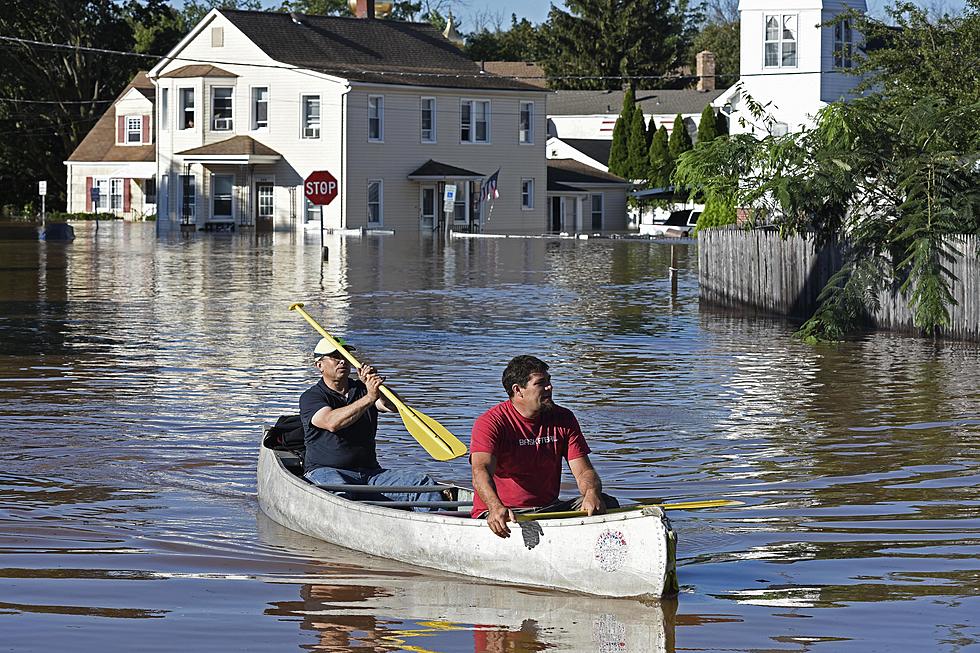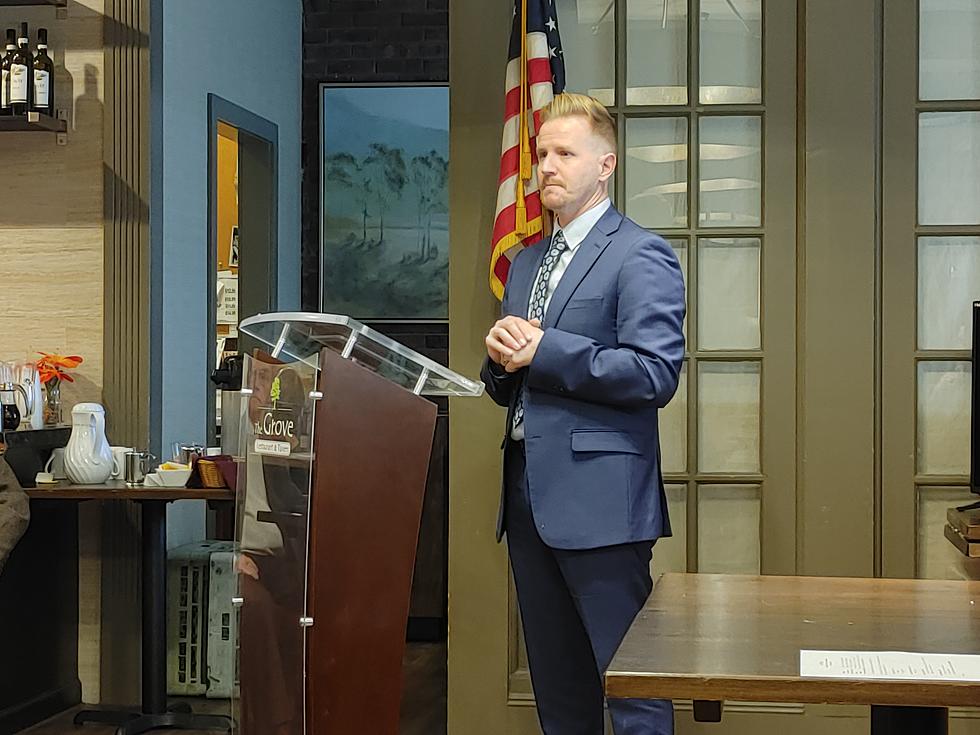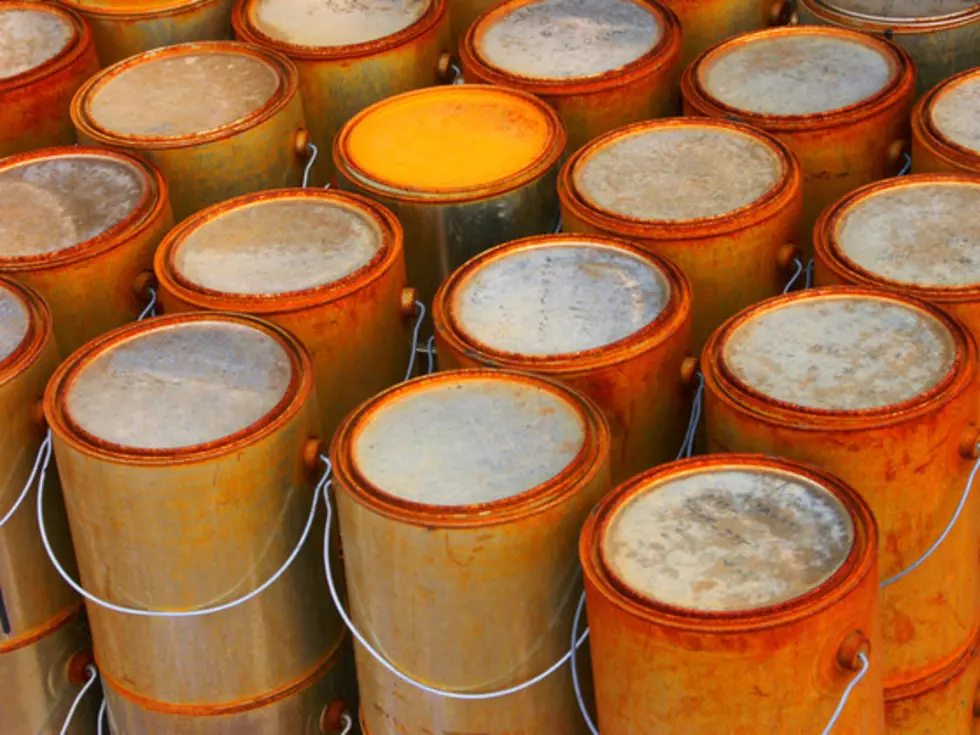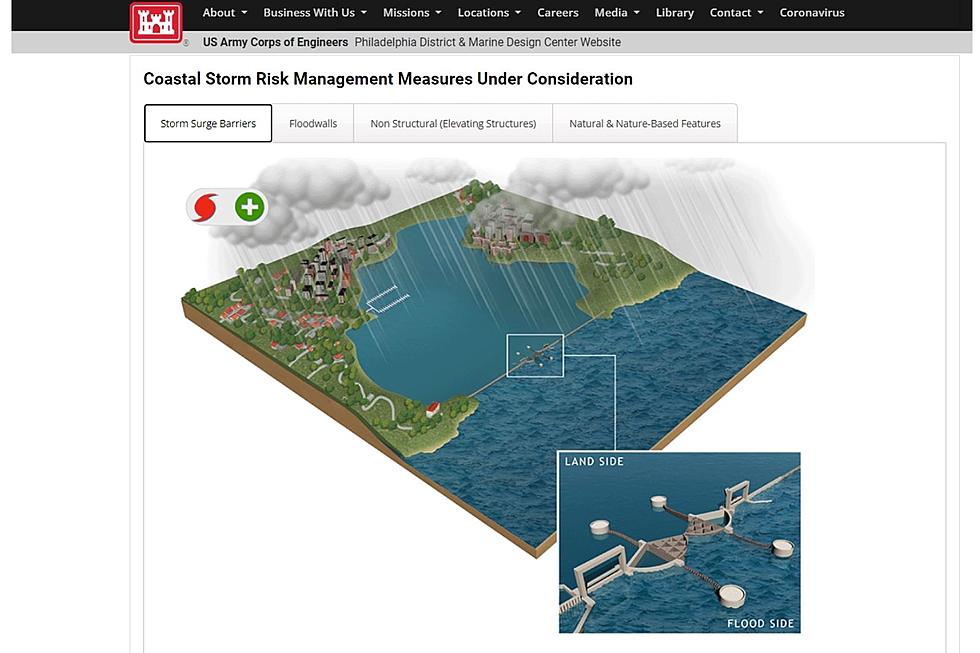
Here comes the rain tax, again? 2nd look for stormwater utilities
TRENTON – The floods brought by Henri and Ida and an infrastructure plan in Congress have reinvigorated talks about climate resilience projects, including a concept that has stalled since it was approved in 2019 – municipal or county stormwater utilities.
Environmental Protection Commissioner Shawn LaTourette said the state needs a network of solutions, including hard infrastructure and engineered greenspace, to prep for an expected 7% to 11% rise in precipitation in New Jersey by 2050.
“In order to protect ourselves from the increasing risk of flooding, we have to create more flood storage,” LaTourette said.
LaTourette said New Jersey has the exact opposite problem of California – more frequent and intense rains raising the water table and filling reservoirs.

“We have more wildfires in New Jersey than many folks realize, but we are fortunate to be a water-rich state but that also puts us in some degree of peril,” he said. “So, we have to create more area to store the floodwaters.”
Gov. Phil Murphy said the responses to recent floods may include putting more money into buying out and knocking down flood-prone homes, called the Blue Acres program.
“The Blue Acres program is very good. Expanding it is a good step,” said Peter Kasabach, executive director of New Jersey Future. “But even if you expanded it to the Nth degree, it wouldn’t be able to address all of the areas of future flooding that New Jersey has.
Kasabach towns have to be proactive – change land-use planning and zoning and look into the idea of a stormwater utility. Only Red Bank has so far taken a formal step toward such a review, Kasabach said, but he hopes more will follow.
“There are a number of towns that have expressed strong interest in them and are exploring doing that, now that the sort of political wind had died down about the rain tax, which was a little bit silly,” he said.
Thirty months and multiple floods ago, New Jersey passed a law allowing for stormwater utilities – derided by critics as a rain tax and summarily ignored by localities.
But Ed Potosnak, executive director of the New Jersey League of Conservation Voters, said such utilities are in place in 41 states.
“At the front end we need to be making the kind of investment to prevent the kind of outcomes that we’re seeing,” Potosnak said. “Through a stormwater utility, it can help to put together a robust plan and start to whittle away over time at the necessary improvements to help realize the potential and actually have more safer communities that we reduce our flooding and clean up the polluted runoff.”
“New Jersey is the most densely populated state. We have a lot of legacy development, and we do not have good stormwater infrastructure to go with it,” he said. “And we need to step up to the plate. And that’s going to take political leadership at the local and county level to create a utility, start collecting revenue and investing it to prevent this kind of scenario playing out in the future.”

Doug O’Malley, director of Environment New Jersey, said such a utility can keep stormwater out of basements and streets.
“Communities that flood and communities that aren’t used to flooding need to take a second look because stormwater utilities, they are designed to be that emergency fire axe,” O’Malley said. “You break the glass when you need them. But you can’t build a stormwater utility overnight.
“That doesn’t mean that a stormwater utility is going to get rid of storms,” he said. “That does mean that we need to start figuring out how we can reduce the impact because right now the rain doesn’t have any place to go.”
The 15 Most Talented & Successful Actresses From New Jersey
More From 92.7 WOBM










